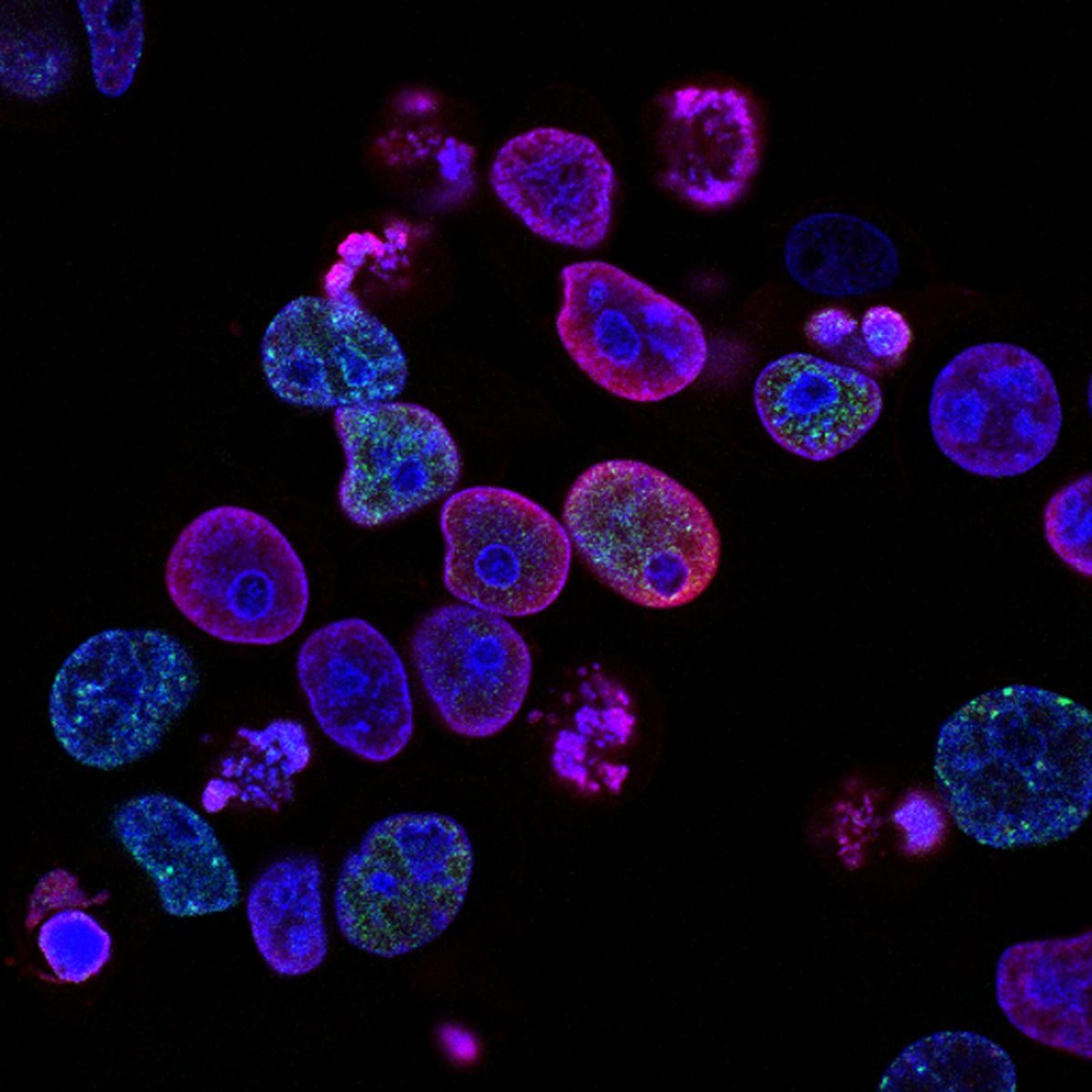Detecting Cancer in Routine Blood Work
Detecting cancer in routine blood work may not have been possible before, but scientists have made major strides. A new blood test, known as Galleri, can detect more than 45 types of cancer without recommended screening.

The earlier the cancer is detected, the more likely it is to be curable, treatable, or asymptomatic. Rosemary Jemo, a 75-year-old woman who works as an exercise instructor and hairdresser, was one of the 10,000 women enrolled in a study conducted by Johns Hopkins University called DETECT. This study enrolled women 65-75 years old without a history of cancer, but the study detected that she might be sick. After a few tests, the doctor detected a football-sized tumour in one of her ovaries.
Detecting cancer in routine blood work
Detecting cancer in routine blood work may not have been possible before, but scientists have made major strides. A new blood test, known as Galleri, can detect more than 45 types of cancer without recommended screening. The new technology could change the face of cancer screening, and it may even decrease the human toll. The new tests are now available in some U.S. health systems, and they may be the first step in a new era of cancer prevention.
A sample is taken from a patient with no symptoms during a routine blood test to identify possible cancers. The blood test detects mutated DNA or abnormal proteins from cancerous cells. Cancerous cells produce CEA, which is a marker for the presence of cancer. This test is not specific, but it can strengthen suspicions. A higher level of CEA in the blood indicates the presence of cancer. Monitoring your levels regularly can also help your doctor gauge whether your cancer responds to treatment.
Detecting cancer biomarkers
Detecting cancer biomarkers in routine tests is a promising new way to detect the presence of cancer. Most cancers can be diagnosed through a blood test. Currently, screening tests exist for five cancer types: cervical, breast, lung, and colon. However, other types are not currently screened. According to Dr Joshua Ofman, chief medical officer of GRAIL, a company developing a liquid biopsy, 71% of cancer deaths result from cancers detected late.
One test that physicians use to detect cancer biomarkers is a complete blood count (CBC). It measures the number of red, white, and platelet cells in a person's blood. CBCs can help detect cancer and its spread, although the range of these blood cells varies from day today. CBCs can help determine whether cancer has spread from the original site to nearby healthy tissue.
Detecting cancer with flow cytometry
Flow cytometry is a test that can detect cancer cells by identifying their DNA content, or "ploidy." Generally, normal blood cells have a certain pattern of antigens that correlate with their cell type. Abnormal cells, on the other hand, have an abnormal pattern. Aneuploid cancers are more likely to spread than diploid cancers. Flow cytometry has many advantages over other types of cancer tests.
Flow cytometry can identify certain types of cancer and its risks and recurrence. It involves treating blood samples with special antibodies and passing them in front of a laser beam. If these antibodies attach to cancer cells, they give off light. Flow cytometry also helps identify cancer cells by the proteins they produce on the cell surface. It also allows doctors to examine the blood cells under a microscope for any chromosomal changes. Cytogenetic analysis can help identify the genes that are affected, which can be helpful in the diagnosis of certain types of blood cancer.



